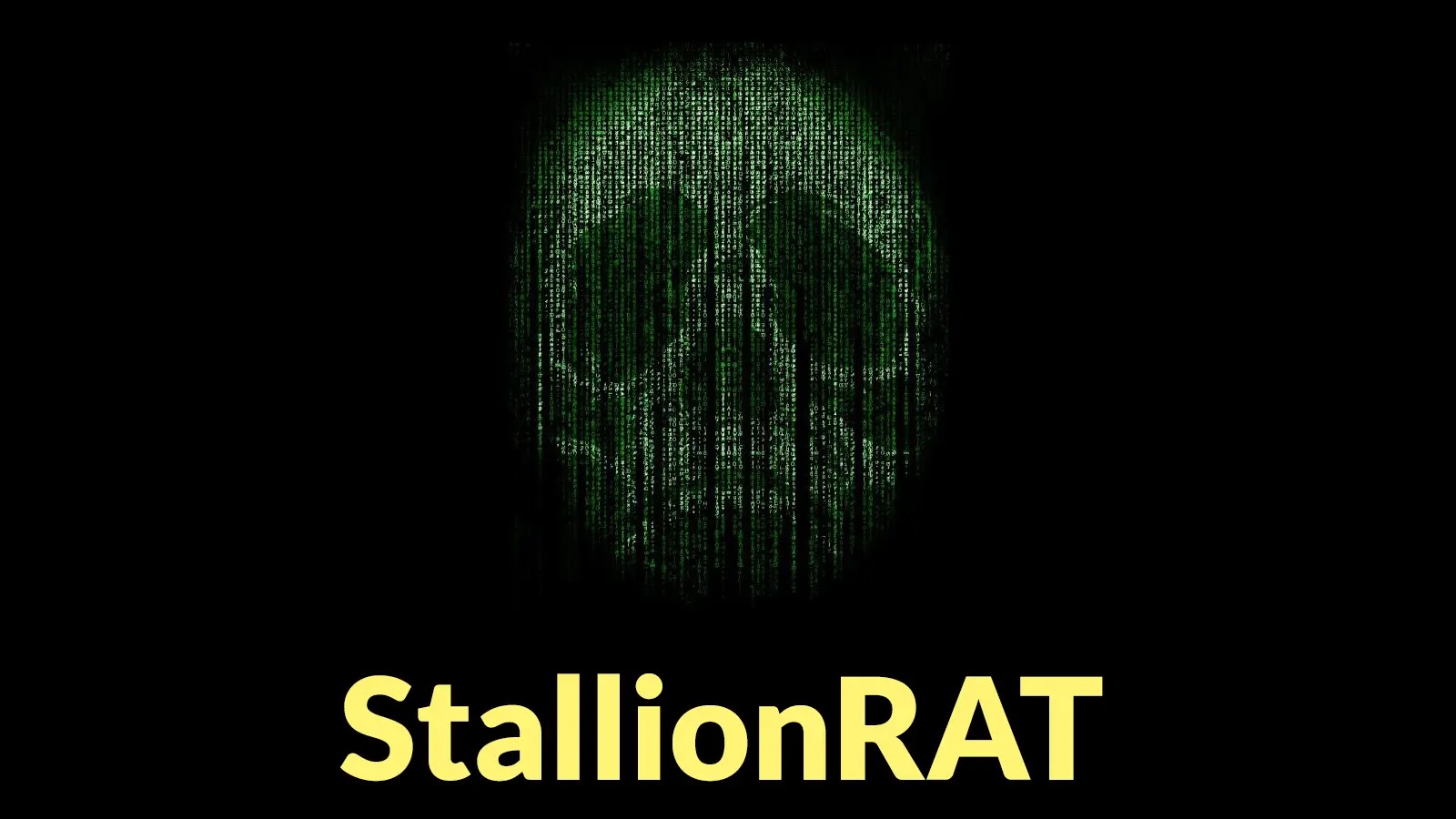In recent months, a sophisticated cyberattack campaign, referred to as Cavalry Werewolf, has been identified targeting government and critical infrastructure organizations in Russia and neighboring regions. This campaign employs advanced social engineering tactics, including phishing emails that impersonate officials from Kyrgyz government agencies. These deceptive emails contain malicious RAR archives designed to deploy custom tools such as the FoalShell reverse shell and a more potent malware component known as StallionRAT.
Phishing Tactics and Initial Compromise
The attackers initiate their campaign by sending meticulously crafted phishing emails that appear to originate from legitimate Kyrgyz government agencies. These emails are designed with authentic-looking logos and editorial styles, often referencing real email addresses harvested from official websites to enhance their credibility. The primary objective is to deceive recipients into opening the attached malicious RAR archives.
Upon opening these attachments, two primary payloads are deployed:
1. FoalShell Reverse Shell: This tool provides the attackers with immediate remote access to the compromised system, allowing them to execute commands and manipulate the system as needed.
2. StallionRAT Loader: A more advanced component, StallionRAT is introduced via a PowerShell-based loader, ensuring the adversary maintains long-term control over the infected host.
StallionRAT: A Modular and Stealthy Threat
StallionRAT stands out due to its modular design and utilization of Telegram-based command-and-control (C2) infrastructure. This architecture allows the malware to receive instructions and exfiltrate data through encrypted channels, complicating detection efforts.
Infection Mechanism and Loader Workflow
The infection process of StallionRAT involves a dual-stage loader implemented in C++. When executed, the launcher invokes PowerShell with a Base64-encoded command, which decodes and executes the main payload entirely in memory. This method effectively bypasses disk-based detections and traditional antivirus solutions.
Once activated, StallionRAT generates a random DeviceID and retrieves the host’s computer name. It then enters an infinite loop, querying the Telegram Bot API for new instructions. Responses and errors are communicated back to a designated chat, enabling the operator to issue commands such as `/go [DeviceID] [command]` to execute arbitrary code through `Invoke-Expression`.
Impact and Implications
The Cavalry Werewolf campaign has had significant repercussions:
– Data Exfiltration: Attackers have successfully extracted sensitive files from compromised networks, potentially leading to information leaks and operational disruptions.
– Lateral Movement: The deployment of SOCKS5 proxying tools facilitates the attackers’ ability to move laterally within the network, expanding their reach and control.
– Network Mapping: By executing domain enumeration commands, the adversaries can map internal environments, identifying critical assets and potential targets for further exploitation.
The use of Telegram as a communication channel adds a layer of complexity to detection efforts. Encrypted HTTPS traffic associated with Telegram blends seamlessly with normal application flows, making it challenging for security systems to identify malicious activity.
Recommendations for Mitigation
Organizations are advised to implement the following measures to mitigate the risk posed by such sophisticated attacks:
1. Employee Training: Conduct regular training sessions to educate staff on recognizing phishing attempts and the importance of verifying the authenticity of unsolicited communications.
2. Email Filtering: Deploy advanced email filtering solutions capable of detecting and blocking phishing emails before they reach end-users.
3. Endpoint Detection and Response (EDR): Utilize EDR solutions to monitor and respond to suspicious activities on endpoints, including unusual PowerShell executions.
4. Network Segmentation: Implement network segmentation to limit the spread of malware and restrict lateral movement within the network.
5. Regular Updates and Patching: Ensure all systems and software are up-to-date with the latest security patches to close known vulnerabilities.
6. Monitor Telegram Traffic: Given the use of Telegram for C2 communications, monitoring network traffic for unusual Telegram activity can aid in early detection.
By adopting a comprehensive cybersecurity strategy that includes these measures, organizations can enhance their resilience against sophisticated threats like the Cavalry Werewolf campaign and the deployment of StallionRAT malware.


